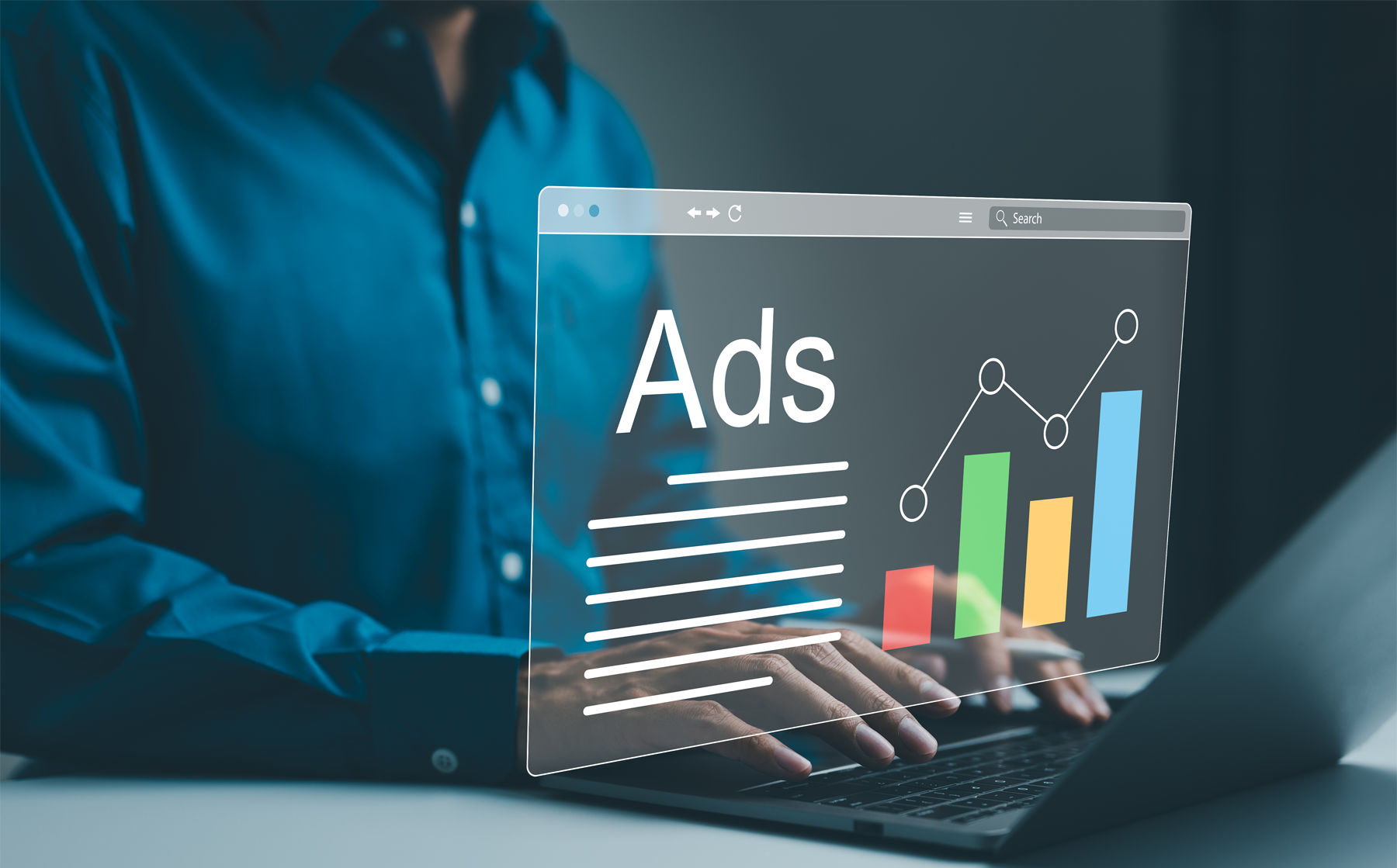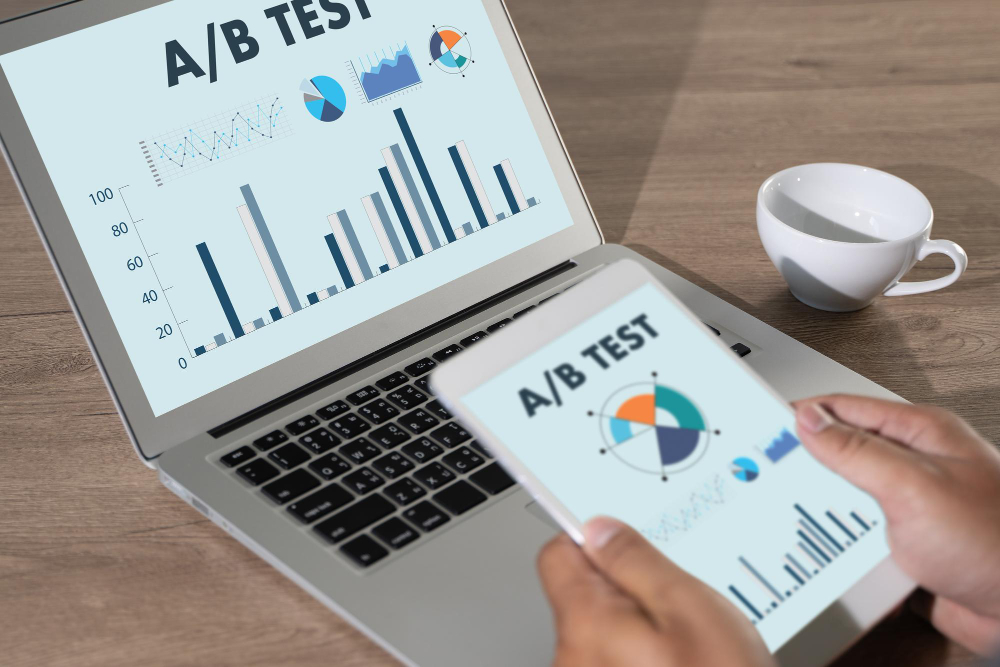In digital marketing, creating effective ads often feels like a mix of art, strategy, and a little bit of science. Maximizing your ads is all about fine-tuning the details to create something your audience can’t resist. This is where A/B testing for ads comes in. Also known as split testing, it is one of the most effective methods for figuring out what works in your paid ads and what doesn’t. In this guide, we’ll explore ad testing best practices so you can boost your ad performance and optimize ad campaigns effectively.
What is A/B Testing for Ads?
Essentially, it’s comparing two versions of an ad to see which performs better. By changing just one variable, like the headline, image, call-to-action (CTA), or even ad placement, and keeping everything else the same, you can see which variation resonates more with your audience. This helps you get real data on what improves engagement and conversions, rather than just guessing. With ad creative testing, every little change can help you learn more about your audience’s preferences and behaviors, so you can make informed decisions.
Why is A/B Testing Essential for Ad Optimization?
In digital marketing, there’s always room for improvement, even when an ad seems to be performing well. A/B testing helps you find out exactly what aspects of your ad resonate with your target audience, allowing you to refine and optimize ad campaigns for maximum impact. Plus, the digital advertising world moves fast, so the more you learn from each test, the quicker you can adjust and stay competitive. A/B testing metrics reveal patterns in user behavior, helping to maximize your budget by only investing in what works best.

Common Variables to Test in Ads
Here are some factors to consider:
- Headlines – Write a bold or subtle headline to grab more attention.
- Images or Video Thumbnails – Visuals are powerful, make sure you experiment with different images or video previews to see what catches the eye.
- Call-to-Action (CTA) – Try different CTAs like “Learn More,” “Buy Now,” or “Get Started.”
- Ad Copy – Adjusting tone, style, or length of the text can make a difference.
- Audience Targeting – Testing ad placements, audience age, location, and interests may reveal hidden insights.
Each of these variables has the potential to significantly improve ad performance. By choosing one at a time, you can measure results accurately.
Steps to Conduct Effective Ads A/B Testing
1. Define Your Goals
Every test should begin with a clear goal. Are you aiming for more clicks, higher conversion rates or better engagement? Whatever it may be, defining a goal upfront helps you measure the right metrics and make the most of your results.
2. Choose One Variable at a Time
The golden rule of A/B testing for ads is to test only one element at a time. If you test multiple variables it will be impossible to know which change led to the results.
3. Create Two Variations and Set Up the Test
Once you’ve chosen your variable, create two ad variations, one as the “control” and the other as the “variant.” The control is the original version, and the variant is the version with the single change you’re testing. Setting up the test in your ad platform is straightforward and allows you to see each ad’s performance side-by-side.
4. Run the Test for a Significant Period
It’s tempting to check results after a few hours or days, but for ads A/B testing to be reliable, it needs to run for a meaningful period. A week is a good minimum; however, the ideal length depends on factors like your audience size and ad budget. The longer the test, the more data you collect, which makes your results more accurate.
5. Monitor Key Metrics
During the test, keep an eye on important A/B testing metrics. For most ads, metrics like click-through rate (CTR), cost per click (CPC), conversion rate, and engagement rate are essential. But, if your objective is to increase brand awareness, impressions might be more relevant than conversions.
6. Implement Findings
After the test, evaluate the results carefully. If the variant outperformed the control, implement it in your ad campaigns. If not, you’ve still gained valuable insights. Remember, not all tests will yield a “winner,” but each one teaches you something about your audience.

Common A/B Testing Mistakes to Avoid
A/B testing is powerful, but only if done right. Here are some common mistakes to watch out for:
- Testing too many variables at once – This only leads to confusion in interpreting results.
- Ending the test too early – Data accuracy improves over time, so let the test run its course.
- Relying on small sample sizes – Testing with a minimal audience limits reliability. A larger sample means more accurate insights.
- Overlooking metrics that matter – Focusing solely on one metric, like CTR, without looking at conversions or costs, can give an incomplete picture.
Fine-Tune Your Ads with A/B Testing
Optimizing your ads is essential. With A/B testing, you’re able to pinpoint exactly what appeals to your audience and make data-driven decisions that lead to better results. Remember, this is a continuous process. The more you test, the more you learn, and the more effectively you can target your audience.
Ready to take your campaigns to the next level? At Seven52, we specialize in crafting and optimizing ad campaigns to help you hit every marketing goal.




